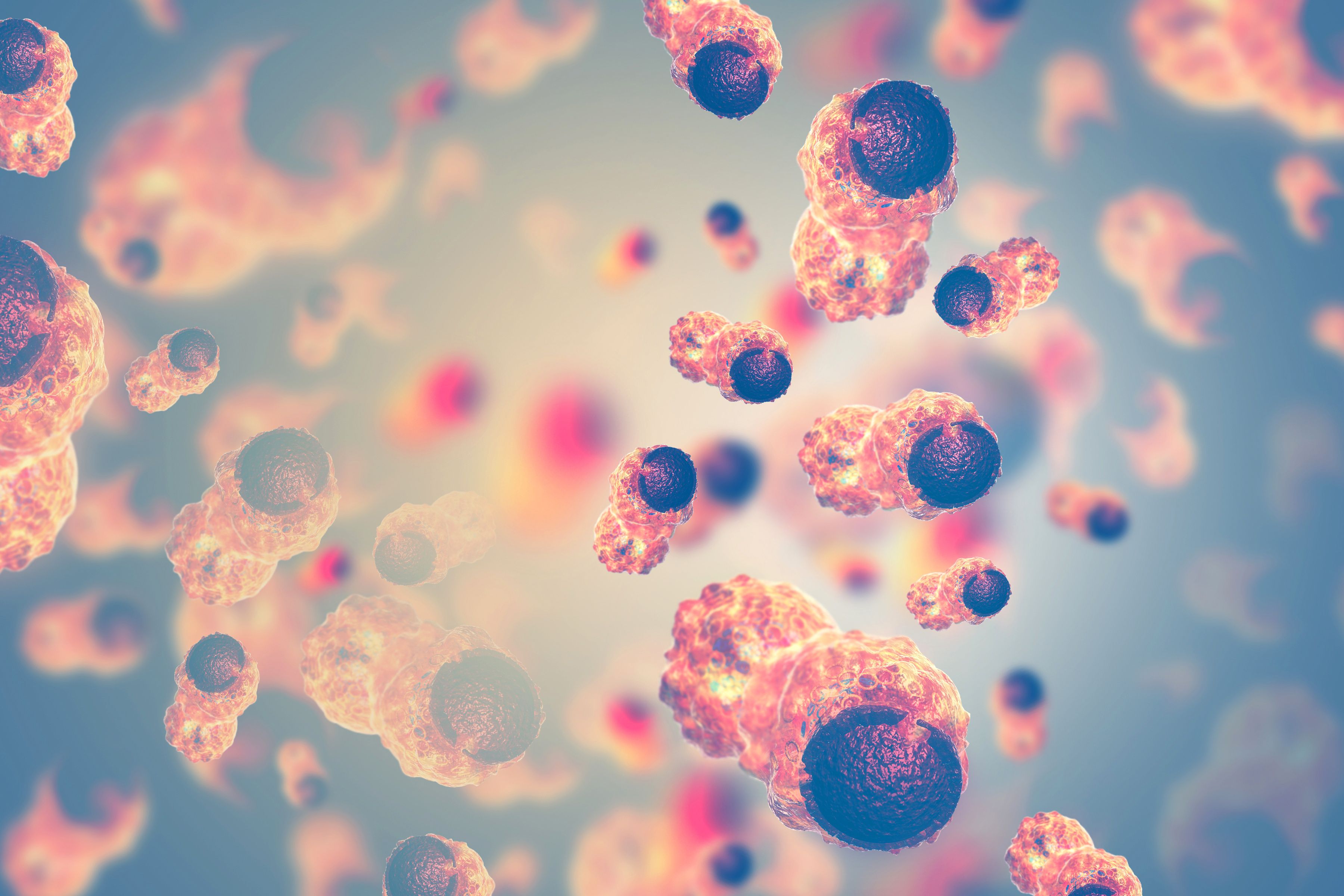Article Highlights
- Understanding tumor behavior aids in devising effective anticancer therapies.
- More research is needed to understand how cancer cells adapt in 3D environments, offering insights into metabolic changes driving tumor growth.
- The study explored glioma tumor spheroids' metabolic landscape using LC-MS-based techniques. It revealed significant disparities in metabolic pathways between 2D and 3D cultures.
- The study's findings suggest a metabolic shift in glioma cells towards energy production and membrane synthesis in 3D environments. This understanding opens avenues for targeted anticancer therapies disrupting vital biochemical processes.
Studying tumors and their behavior is an important topic in oncology. Understanding how tumors operate in the body can help give insight into how anticancer therapies and treatments can be applied to stymie tumor growth. Numerous studies have been done studying tumors, including ones where there is no known cure (1).
However, more research needs to be done studying cancer cells, especially when it comes to how they adapt within three-dimensional (3D) environments. Understanding how cancer cells interact in 3D environments is important because it could offer more clues as to how the metabolic changes in tumors lead to their growth.
A recent study from the Chinese Academy of Medical Sciences and Peking Union Medical College explored this issue. The study was led by Qingce Zang, and it delved into the intricate metabolic landscape of glioma tumor spheroids (MCTSs), revealing how cancer cells adapt within complex three-dimensional (3D) environments (2). By using liquid chromatography–mass spectrometry (LC–MS)-based approaches, Zang and the team gained additional insight into the metabolic changes underlying tumor growth. Their findings, published in the journal Rapid Communications in Mass Spectrometry, help offer potential new ways to look at targeted anticancer therapies (2).
The team aimed to be comprehensive in their study. To accomplish this goal, they compared the metabolic phenotypes of glioma U87MG cells cultured in traditional two-dimensional (2D) settings with those grown in 3D MCTSs (2). Utilizing LC–MS-based techniques, they conducted global metabolomics and lipidomics analyses, uncovering significant molecular disparities between the two culture systems (2).
The study revealed nine metabolic pathways, including glycolysis, the tricarboxylic acid (TCA) cycle, and lipid metabolism, to be notably altered in glioma MCTSs (2). The research team also observed that the MCTSs exhibited heightened glycolytic activity and increased de novo lipid biosynthesis, while displaying decreased activity in the TCA cycle and nucleotide metabolism pathways (2). These findings suggest a metabolic shift towards energy production and membrane synthesis, potentially fueling tumor progression within the 3D microenvironment.
Furthermore, dynamic fluxomics analysis using 13C6-glucose as a tracer unveiled the intricate metabolic rewiring occurring within glioma MCTSs. Cells cultured in MCTSs exhibited elevated glycolytic and lipid biosynthesis activities, indicative of their adaptation to the unique nutrient and oxygen gradients present in 3D environments (2). Conversely, pathways associated with cellular activity, such as nucleotide and amino acid metabolism, were downregulated, reflecting an overall decrease in cellular proliferation and activity within MCTSs (2).
Therefore, the research team demonstrated in their research that the microenvironment has a strong influence on cancer cell behavior. By pinpointing specific metabolic pathways driving glioma MCTS growth, this research opens new avenues for the development of targeted therapies aimed at disrupting these vital biochemical processes (2).
To conclude, this research provides a roadmap for deciphering the metabolic intricacies of tumor spheroids, offering promising opportunities for the development of more effective anticancer strategies.
This article was written with the help of artificial intelligence and has been edited to ensure accuracy and clarity. You can read more about our policy for using AI here.
References
(1) Bruns, J.; Egan, T.; Mercier, P.; Zustiak, S. P. Glioblastoma Spheroid Growth and Chemotherapeutic Responses in Single and Dual-stiffness Hydrogels. Acta Biomater. 2023, 163, 400–414. DOI: 10.1016/j.actbio.2022.05.048
(2) Wen, S.; Tu, X.; Zang, Q.; et al. Liquid Chromatography–Mass Spectrometry-based Metabolomics and Fluxomics Reveals the Metabolic Alterations in Glioma U87MG Multicellular Tumor Spheroids versus Two-Dimensional Cell Cultures. Rapid Commun. Mass Spectrom. 2023, ASAP. DOI: 10.1002/rcm.9670









